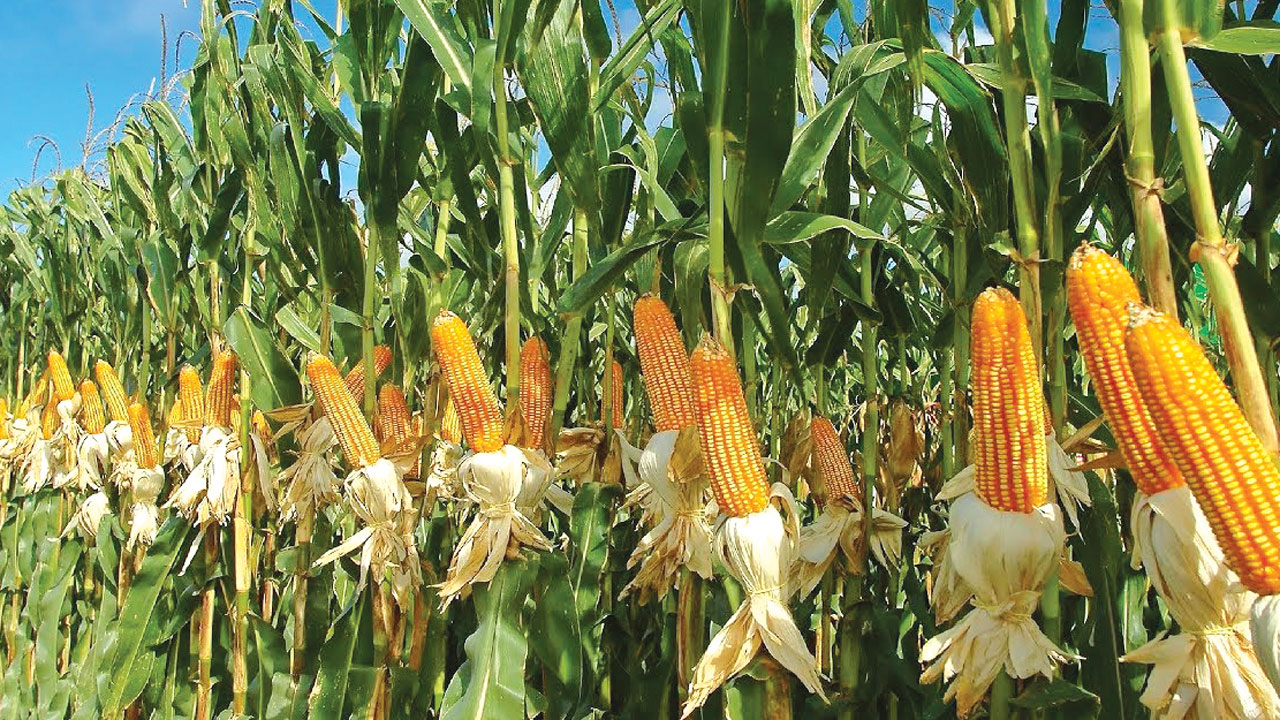Maize, also known as corn, is one of the most extensively cultivated cereal crops on Earth. More is produced, by weight, than any other grain, and almost every country on Earth cultivates maize commercially for a variety of uses.
Globally, maize is a staple crop, and many people rely on it as a primary source of nutrition. In addition to playing a major role in the human diet, it is also used as livestock fodder. Corn is processed to make an assortment of products ranging from high fructose corn syrup to biofuels, all of which play important roles in human society. Oddly enough, maize is at the forefront of the green revolution with byproducts like compostable containers and biofuel, while simultaneously being used as a controversial food additive in the form of corn syrup and other derivatives.
STEPS TO GROW MAIZE
Soil Type and Site Selection
Maize can be grown on a wide range of soils, but performs best on well-drained, well-aerated, deep soils containing adequate organic matter and well supplied with nutrients.
Nitrogen, potassium, and phosphorus test should also be done on the soil to help you determine a fertilization program for maximum yields.
Land Preparation for Maize Farming
Land preparation is the most considered factors in maize farming .Clearing of the land and removing of the stumps either by tractor or cutlass and hoe.
Jubaili Collaborates With ACU Seeds To Improve Farmers Productivity
Maize Planting
Maize is planted from seed, and its yield is strongly influenced by planting practices such as; time of planting, depth of planting, and method of planting.
Time of Planting:
Early season maize in the Forest zone is usually planted between the middle of March and the first week of April.
The depth of Planting:
The sowing depth is commonly 3–8 cm, depending on soil moisture, air conditions, and temperature.
Planting depth between 2-4 cm is adequate for moist soil, while deep sowing, between 5-8 cm, is recommended for dry soil
The method of Planting:
Planting is done either by hand or mechanically, and it may be done on hills or in rows, on ridges or on flat land.
Planting of 1-3 seeds of maize per hole at 75-85 cm spacing between rows, and 25-40 cm spacing in a row
ACU Advocates for Quality Seeds to Attain Food Sufficiency
COST ANALYSIS FOR ONE HECTARE OF MAIZE FARMING.
Renting of one hectare of land 30,000
Land clearing/removing of stumps @ 10,000 per plot and 15plots per hectare making 10,000*15=150,000
Ridges making @10,000 per plot making 10,000*15= 150,000
Planting is done @1500 per plot, making1500*15=22,500
Cost of seed 1kg is sold for 300 and 20kg to plant 1hectare of land=6000
One bag of fertilizer is sold N.P.K fertilizer is sold for 15.000 per bags and 4bags is needed within 2-3weeks of planting to increase the yield making 15000*6=90,000
6 litres of herbicide is require for one hectare @4000 per liter making 6*4000=24000
4sachets of glyphosate is needed @3500 per one making 14,000
Urea fertilizer should be apply 5-7weeks a bag is sold 23,200 and 3bags is needed @ 23,200*3=69,000
Cost of spraying equipment boom spaying bags recommended for an hectare on land @30,000depends on locations
Cost of harvesting 50,000.
Transportation and other miscellaneous = 75,000
Therefore, total cost implication of one hectare of maize farming is 710,500
Return on investment
On one hectare of maize farm 6tons is actually to be expected at high yield and a ton is sold for 250,000 depends on location making 5*250,000= 125,0000, to give average profit of about 539,500.



